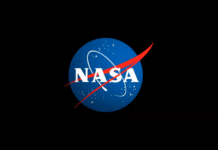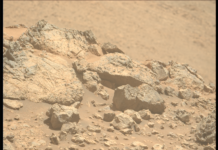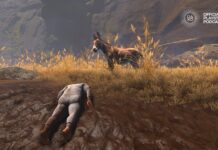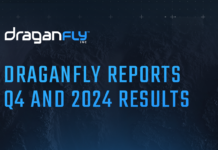Curiosity Rover’s Latest Adventure: A Glimpse into Martian Geology
As the red planet continues to captivate scientists and enthusiasts alike, NASA’s Curiosity rover embarks on yet another intriguing exploration journey across the Martian surface. In a recent maneuver reminiscent of a seasoned field geologist, the rover found itself in an unexpected position, showcasing both the challenges and the fascinating potential of Mars exploration.
A Geologist’s Stance on Mars
Imagine a geologist in the field, one leg perched on a rock, observing the terrain with keen interest. This classic stance was humorously mirrored by Curiosity, following a successful weekend drive that saw the rover covering approximately 23 meters, equivalent to about 75 feet. However, the journey ended with the rover’s right front wheel resting on an angular block, a pose captured in the Front Hazcam image. This snapshot not only highlights Curiosity’s position but also its shadow, with the mast gazing out at the rocky landscape, inviting further exploration.
While the pose might be perfect for a photo opportunity, it isn’t ideal for conducting contact science. Stability is paramount when deploying the robotic arm, and for that, all six wheels need to be firmly on the ground. Consequently, the mission team opted to shift focus from direct contact science to remote sensing observations, as well as planning another drive to ascend higher within the canyon.
Adaptability and Planning: A Day in the Life of the Rover Team
The role of Long Term Planner is a vital one, ensuring that the mission objectives are met despite unexpected developments. On this particular day, the team exhibited remarkable adaptability, adjusting their plans in response to the rover’s stance. The two-day plan that unfolded included targeted remote sensing and a drive on the first day, followed by an untargeted science block on the second.
During Sol 4491, the ChemCam (Chemistry and Camera complex) was tasked with performing a Laser-Induced Breakdown Spectroscopy (LIBS) observation. This technique involves firing a laser at a target, vaporizing a small amount, and analyzing the resultant plasma to determine its composition. The target chosen was a well-laminated block aptly named “Big Narrows.” In tandem, long-distance Remote Micro-Imager (RMI) observations were coordinated with Mastcam, focusing on an intriguing debris field at “Torote Bowl.”
The Mastcam, a sophisticated camera system on Curiosity, was also employed to capture a large mosaic of the stratigraphy at Texoli butte from a new vantage point. This helps scientists understand the geological history and processes that have shaped the Martian surface. Additionally, Mastcam was utilized to study active surface processes in nearby sandy troughs and investigate a unique fracture pattern at “Bronson Cave.”
Following these observations, Curiosity was directed to continue its journey southward, capturing post-drive images to aid in the preparation for subsequent plans. On the second day, the team incorporated an autonomously selected ChemCam AEGIS target. AEGIS (Autonomous Exploration for Gathering Increased Science) is a software that allows the rover to autonomously select and analyze targets of interest. This was complemented by Navcam (Navigation Cameras) movies to monitor atmospheric conditions, such as clouds, wind direction, and dust, vital for understanding Martian weather patterns.
The Curious Quest Continues
Curiosity’s enduring mission on Mars is a testament to human ingenuity and the quest for knowledge. As the rover continues to traverse the Martian landscape, each new discovery adds a piece to the puzzle of Mars’ past and its potential for future exploration. The rover’s recent adventures, while presenting unexpected challenges, also underscore the importance of flexibility and innovation in space exploration.
The data collected during these missions not only advances our understanding of Mars but also provides valuable insights into planetary geology and the potential for life on other planets. As Curiosity continues its journey, it reminds us of the importance of perseverance and curiosity in the pursuit of scientific discovery.
For those interested in following Curiosity’s ongoing adventures, more information can be found on NASA’s official website, where detailed mission updates and images are regularly shared with the public.
In conclusion, as Curiosity navigates the Martian terrain, it serves as a beacon of human achievement and the relentless pursuit of knowledge. The rover’s journey is far from over, and with each step, it brings us closer to unraveling the mysteries of the red planet. Keep on roving, Curiosity, and may each new step bring us closer to understanding the wonders of Mars.
For more Information, Refer to this article.


































